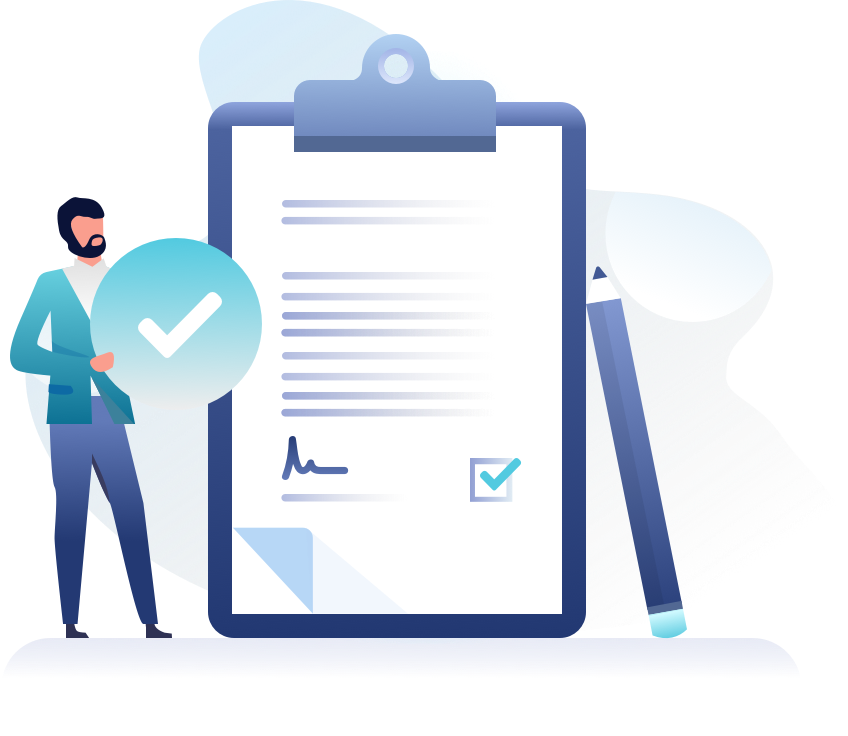Quality Improvement Collaborative

Each year, 50+ participating clinics in the T1D Exchange Quality Improvement Collaborative (T1DX-QI) come together for our annual Learning Sessions event to share insights on improving the care provided to people with diabetes.
From all corners of the United States, these clinics are all focused on one thing: improving quality of life and overall health for youth and adults with type 1 diabetes.
In just a few years, this program has grown immensely and is proving its ability to impact patient care and health outcomes for people with T1D.
“We are very thankful for the continued support of the Helmsley Charitable Trust, our other partners, and the practitioners putting their hearts into improving diabetes care,” explained David Walton, CEO, MBA.
Feedback From Learning Session Attendees:
“I don’t know how you do it, but these get better year after year – thank you!!”
“The learning session was perfectly planned. It’s always hard when travel arrangements interfere with the end of the learning session; I don’t like it when I have to leave early.”

Data Benchmarking
The Quality Improvement Collaborative uses data benchmarking to set goals for improving type 1 diabetes treatment and care at T1DX-QI member clinics, and to measure if those goals are met, both at individual clinics and across the entire Collaborative.
The most recent round of T1DX-QI data benchmarking, which ran from May 2018 through December 2019, focused on five key measures, including increasing CGM sensor use, insulin pump use, and depression screening for type 1 diabetes patients. Improvement goals were set from baseline data taken from clinics in May 2018. By December 2019, T1DX-QI clinics had significant improvement across 75% of core measures.
This data benchmarking gives clinics hard evidence to help determine which interventions have been most effective. Additionally, from these results T1D Exchange develops change packages that can assist clinics in implementing new practices and improving existing ones. Future objectives of T1DX-QI data benchmarking include publishing the results in peer-reviewed scholarly journals and expanding patient cohorts for the next phase, which runs from June 2020 through May 2022.








